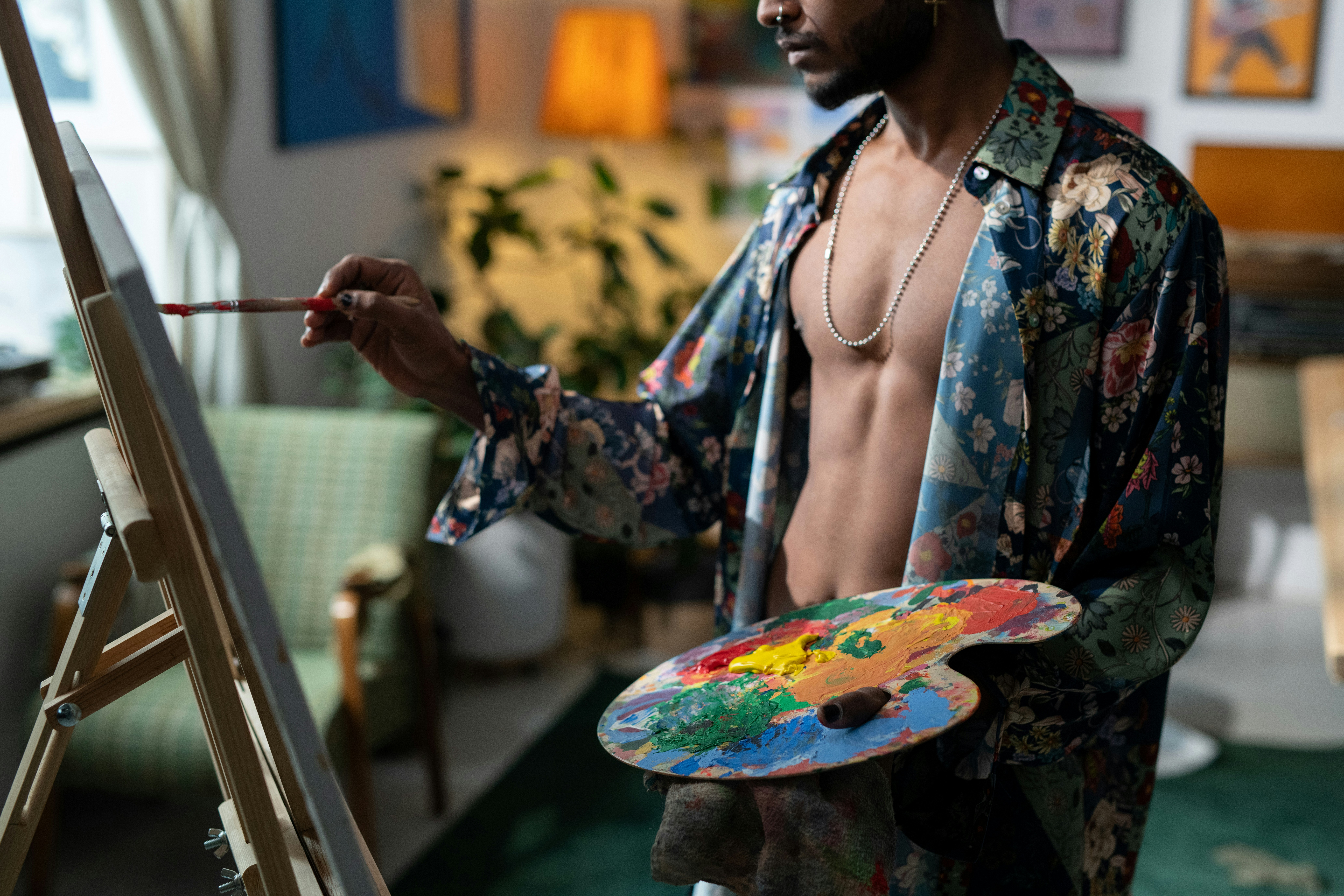
Art has always held a transformative power, transcending boundaries and making lasting impacts on individuals and communities. Across the world, artists have utilized their skills not only to express their ideas but to inspire change and bring communities together. Whether through visual arts, music, performance, or other media, artistic contributions play a vital role in shaping societal values and fostering collective identities. These artistic contributions strengthen communities, allowing them to navigate challenges, celebrate shared histories, and embrace a hopeful future.
The Role of Art in Community Building
Art forms often serve as the glue that binds communities together. Whether displayed in galleries, performed on stage, or shared through public art installations, the creation and appreciation of art sparks conversation and engagement. Artistic contributions allow people from diverse backgrounds to come together, find common ground, and unite around shared experiences and aspirations.
For example, public murals can transform blank walls into vibrant depictions of local histories, struggles, and triumphs. When communities embrace these artistic contributions, they begin to see themselves reflected in the artwork. The artwork, in turn, helps to build a sense of pride and ownership, creating an atmosphere of collective engagement. This communal connection through art fosters a stronger sense of belonging and social cohesion, making people feel seen, heard, and valued.
Art as a Tool for Social Change
In addition to strengthening community bonds, art is a powerful tool for sparking social change. Artists often use their work as a form of activism, shedding light on critical social, political, and environmental issues. Their creations serve as catalysts for dialogue, urging the public to confront brutal realities and consider alternative perspectives.
For instance, throughout history, artists have used visual art, literature, and music to highlight injustice and inequality. Works like Picasso’s “Guernica” and protest songs by artists like Bob Dylan have inspired movements, challenged power structures, and called for social reform. By evoking strong emotions and capturing the essence of societal issues, art creates a space for reflection and action. The work of these artists remains influential, not only for its aesthetic value, but also for their ability to challenge the status quo and inspire lasting change.
Cultural Preservation and Identity through Art
Art is also a critical vehicle for preserving cultural heritage and shaping communal identity. In many cases, the artwork produced by communities reflects their unique customs, traditions, and collective memory. From indigenous art forms to modern expressions of urban culture, art encapsulates the soul of a community and preserves its history for future generations.
A notable example is the revitalization of traditional art forms that were on the verge of fading. Artists dedicated to preserving cultural practices help ensure that ancient customs, stories, and symbols are passed down through generations. This process not only preserves traditions but also allows new generations to connect with their cultural roots in meaningful ways. Through art, communities continue to celebrate their past while adapting to a dynamic, ever-evolving world.
The Emotional and Psychological Benefits of Art
Beyond its role in community building and social change, art also offers significant emotional and psychological benefits to both the creator and the viewer. Engaging with art can serve as a form of therapy, helping individuals express their emotions and cope with personal challenges. Furthermore, art has the power to uplift and inspire hope, particularly in times of hardship.
For instance, art therapy is used in hospitals, schools, and counseling centers to help individuals process trauma, grief, and other emotional challenges. It provides a non-verbal means of expression, assisting people to explore their feelings when words may fail them. Moreover, for viewers, art can offer a sense of catharsis, allowing them to connect with emotions that may be difficult to articulate. The shared experience of art thus has a profound impact on personal well-being, contributing to stronger and healthier communities.
Artists as Leaders and Community Advocates
Artists also play a crucial role as leaders and advocates within their communities. Often seen as visionaries, they not only create art but also lead efforts to bring about positive change. Many artists take on leadership roles, organizing community events, fundraising for local causes, and mentoring young creatives.
By serving as role models and advocates, these artists inspire others to engage with their surroundings and think critically about the world they inhabit. Their leadership can instigate movements, spark collaborations, and encourage communities to use art as a means of collective empowerment. Through their work and advocacy, they help shape the cultural and social landscape, leading the way for future generations to do the same.
The Lasting Power of Art
Art holds immeasurable value in strengthening and inspiring communities. Its role as a vehicle for connection, social change, and cultural preservation is undeniable. Whether as a form of expression, advocacy, or healing, art has the power to touch lives and strengthen communities. By celebrating the contributions of artists, we honor their ability to foster empathy, create understanding, and build a better, more inclusive world. As we continue to engage with art in all its forms, we are reminded of its profound ability to create a lasting impact, both on the individual and the collective level.